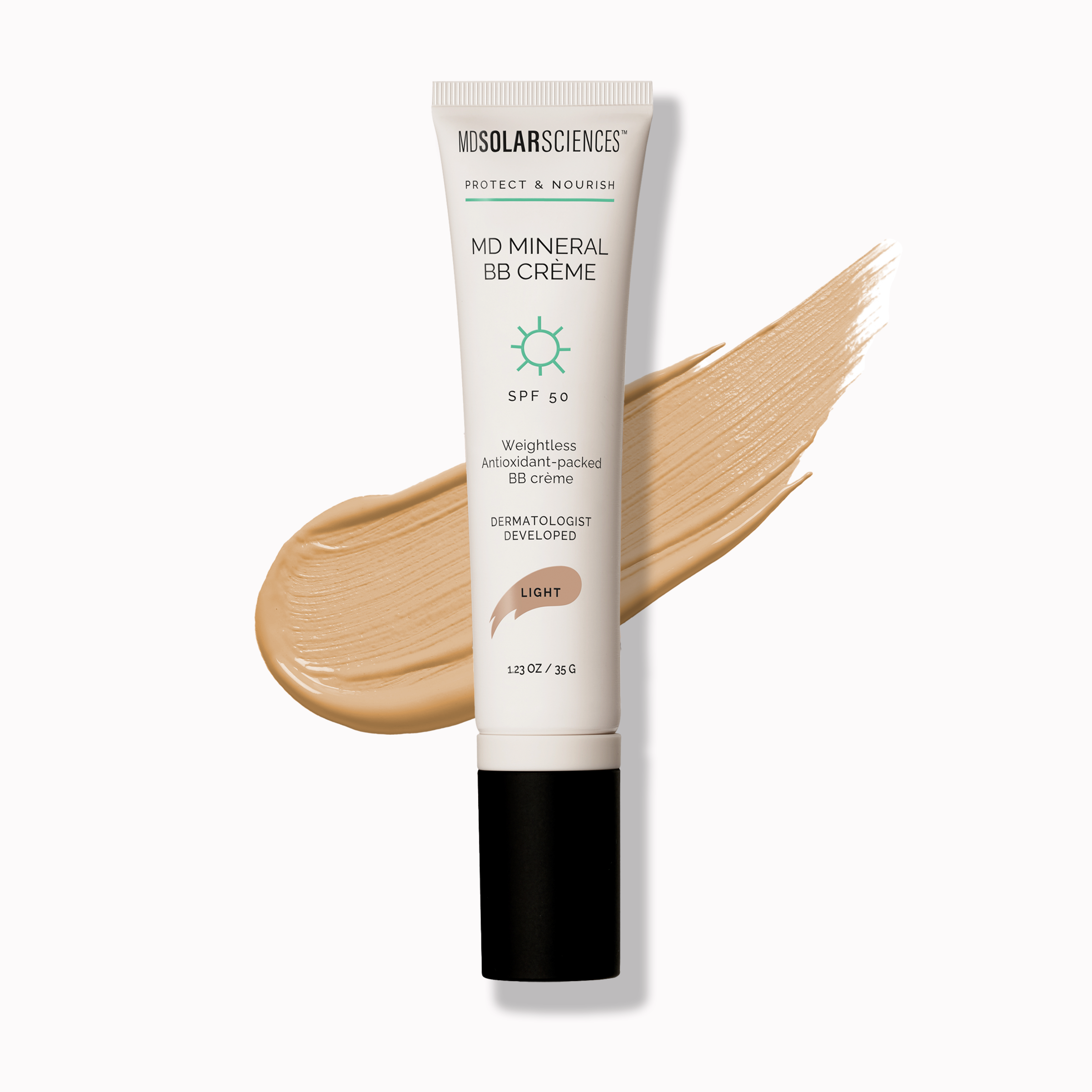Sunscreen is sunscreen, right? Well… not really. There are two distinct forms of sunscreen that protect you in two different ways. Understanding the dangers of the sun’s radiation is important because it allows you to take the proper steps towards complete protection, but understanding how you are protected can be just as important. Finding “Broad Spectrum” on the front of your sunscreen is a must, but what should you look for on the back?
What is the difference between chemical and mineral sunscreens?
What do sunscreens and cough syrups have in common? No, it’s not the fact that drinking an entire bottle is a bad idea. Actually, drinking any amount of sunscreen is a bad idea. Just to be clear: do not drink sunscreen. So what is the similarity here? Both products are considered over-the-counter drugs. This means that there is a very important section on the back of your sunscreen labeled “Active Ingredients”. The active ingredients are what make a formula a sunscreen. They are the shield that guards you from the sun’s harmful rays. The active ingredients allow you to take that run or that swim without worrying about sun damage. So now that we’ve established what they do, let’s talk a little bit about how they do it.
Mineral

Chemical
Chemical sunscreens are by far the most prevalent products out there. They protect you from the sun by penetrating the skin and absorbing UV light, kind of like a sponge.
Chemical sunscreens solved the whitening problem that plagued early mineral sunscreens, and immediately became the norm. Because chemicals do not sit on top of the skin like minerals, they can be paired with moisturizers that need to penetrate skin to be effective. Despite these advantages, chemical sunscreens do have some limitations. There are no chemicals that can cover the full spectrum (UVA + UVB) by themselves. Each one specializes in a specific segment of the spectrum, which means that they need to be combined with other chemicals to achieve broad spectrum protection. While this is not necessarily a bad thing, the need for more ingredients has led to the use of chemicals that some consider controversial. Oxybenzone, PABA and octinoxate, for example, are common skin irritants. These chemicals can cause sensitivity in at least 10% of the population, but are still among the most commonly used ingredients. Not all chemical sunscreens, however, are considered controversial. Avobenzone is effective at covering the entire UVA spectrum, but needs to be combined with other chemical ingredients to provide broad spectrum protection. The good news is that Avobenzone can be stabilized so that it does not break down in the sun. Brands sometimes prefer stabilized chemicals when they are trying to achieve a certain feel in a formula.
Which One is Best?
Unfortunately, it’s not that simple. Some mineral and chemical actives can be used together in sunscreens. While these can be effective, they are often misleading. Lots of products have “Mineral” in their title, but are actually hybrids. Take a look at the back of your sunscreen package. In order for something to be fully mineral, the only two active ingredients allowed are zinc oxide and titanium dioxide. While minerals are generally considered safer and more effective, you don’t have to get scared off by chemical sunscreens.
Be a discerning consumer. Safer sun protection is easy when you know what to look for. Check out the chart below and visit our sunscreen page for more information on our Mineral/Physical and Chemical sunscreens.

Now that you're an expert on physical and chemical sunscreens, head over to our 'UV rays' blog to learn about UVA, UVB and UVC rays.








